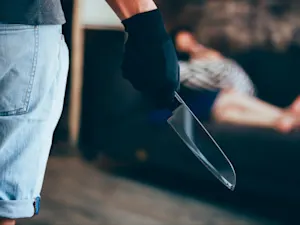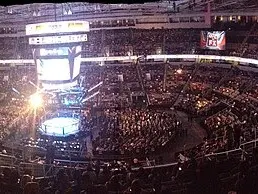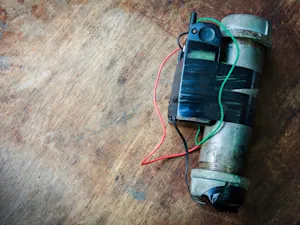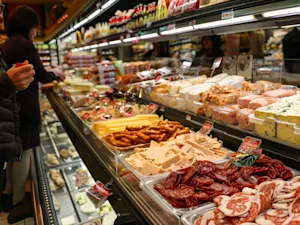
What Is Criminal Fencing and Why You Should Care
In the world of organized crime, some activities take place right in front of us, often without us even realizing it. These activities don't involve high-profile heists or elaborate schemes but rely on something more subtle and widespread — stolen goods being resold in legitimate markets. This practice, known as "fencing," is a crucial element in the economy of Organized Retail Crime (ORC), and it plays a significant role in sustaining criminal enterprises. But how exactly does fencing operate, and why should you be concerned about its impact? Here's what you need to know.
How Fencing Works
"Fencing" is the practice of knowingly buying and reselling stolen goods for profit. Fencing operations work by purchasing stolen goods, often for a fraction of their market value, and then reselling them through different outlets. Common platforms for these sales include online marketplaces like eBay® and Craigslist®, as well as pawn shops, flea markets, and even garage sales. The presence of stolen goods at these venues doesn't always mean they are run by fencers, but the sale of such items without proper documentation or at unusually low prices is a red flag.

The key to a successful fencing operation is avoiding detection. Many fencers will "clean" stolen goods by removing serial numbers or altering their appearance to make it harder for authorities to track their origin. Fencers often operate as part of a broader ORC network, working with "boosters" — people who steal items from retail stores or cargo locations. This system allows stolen products to be sold for 50% to 80% of their retail value.
The Role of Organized Retail Crime
Fencing is a critical component of Organized Retail Crime, which is a large-scale theft of retail merchandise for resale. ORC groups typically target high-value items such as electronics, designer clothing, and beauty products, stealing them in bulk. Fencers help turn these stolen goods into quick profits, enabling the ORC enterprise to sustain itself.

The impact of ORC is massive, with U.S. retailers losing more than $112 billion to theft in 2022, a figure largely driven by these criminal enterprises. The ripple effect of these crimes is felt by consumers, as retailers often increase prices to offset losses, and communities suffer when stores are forced to close due to theft.
How to Identify a Criminal Fence
There are several indicators that suggest you might be dealing with a criminal fencer. These include:
• Lack of Documentation: Items sold without proper receipts, warranties, or user manuals.
• Altered Goods: Products with serial numbers that have been scratched off or removed.
• Cash Transactions: Sellers who insist on cash payments and refuse to provide receipts.
• Suspiciously Low Prices: Items offered at a steep discount from their normal retail price.
If you come across these signs, it's important to avoid purchasing the item and report the situation to authorities. By buying stolen goods, even unknowingly, you may be contributing to the problem and supporting criminal activity.
The next time you come across a deal that seems too good to be true, it's worth asking where the product came from. By staying vigilant, you can help reduce the demand for stolen goods and play a part in curbing this illegal trade.
References: The Fencers: The Lynchpin of Organized Retail Crime Enterprise | Organized Retail Crime | Criminal Fence























